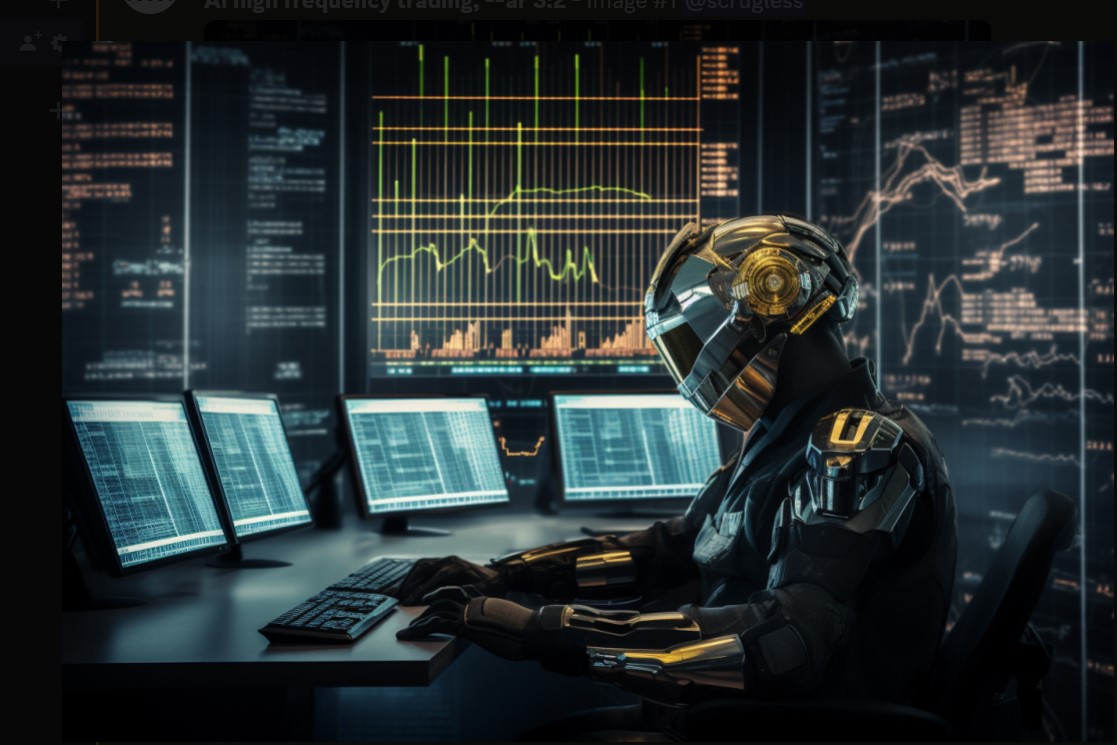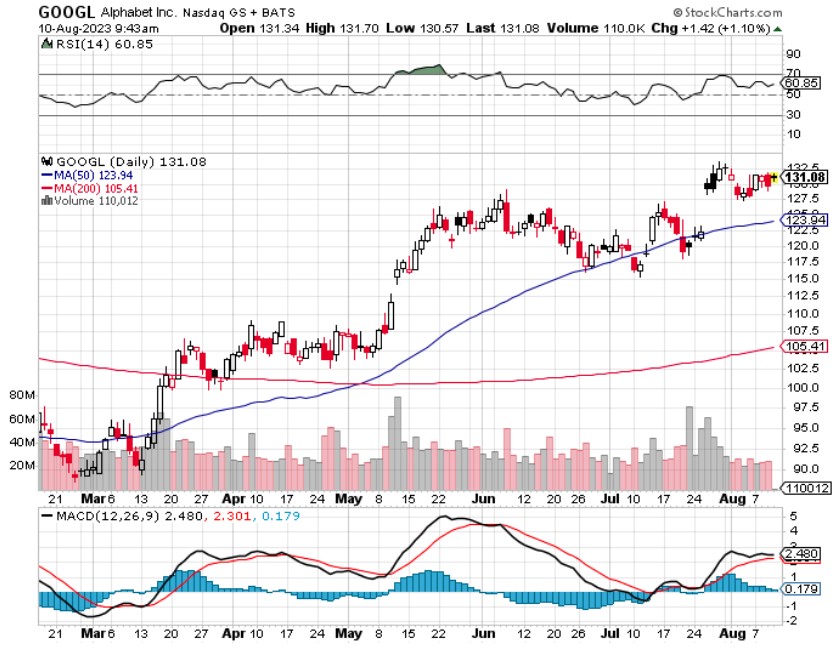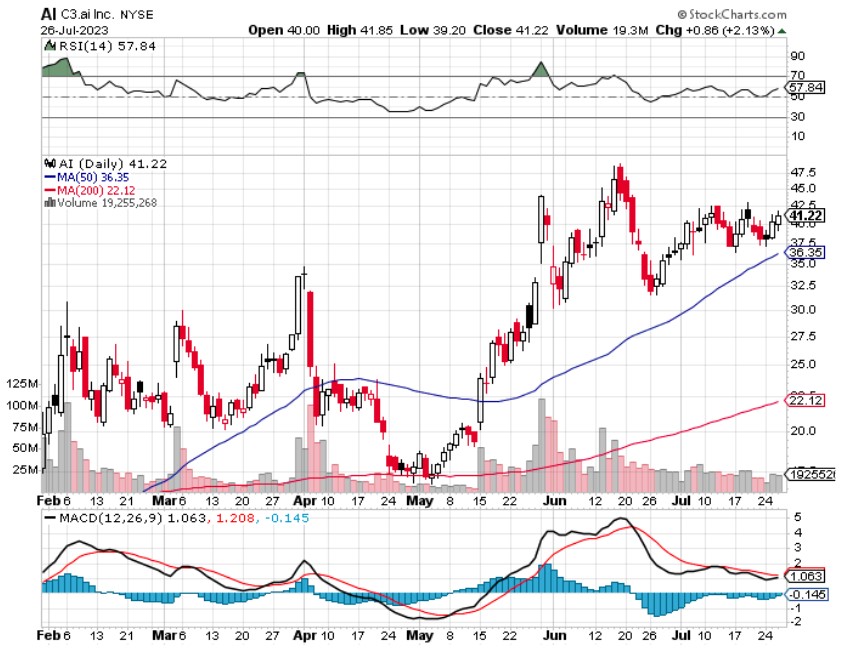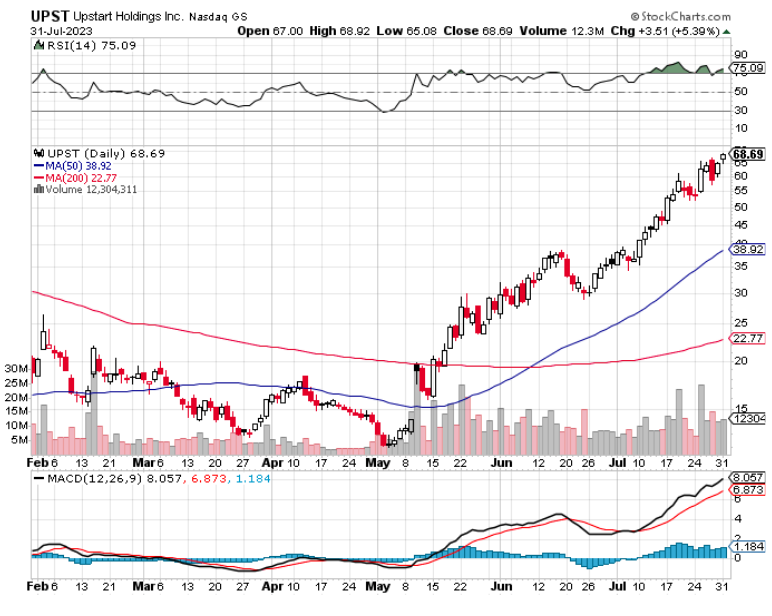In recent years, artificial intelligence (AI) has made remarkable strides across various industries, revolutionizing the way businesses operate and the services they offer. One such area where AI is rapidly gaining prominence is in the field of financial advisory services. As technology evolves and AI capabilities continue to advance, it's becoming increasingly evident that your next financial advisor could very well be an AI. This transformation has the potential to reshape how individuals and institutions approach financial planning, investment strategies, and wealth management.
The Rise of AI in Financial Advisory
Traditional financial advisory services have long been associated with human advisors who offer personalized recommendations based on their expertise and market insights. However, this model is now being challenged by AI-powered platforms that have the ability to process vast amounts of data, identify patterns, and generate tailored investment strategies in a fraction of the time it would take a human advisor.
AI's entry into financial advisory brings several advantages to the table. First, AI-driven platforms can analyze an extensive range of data sources, including market trends, historical performance, economic indicators, and even social media sentiment. This holistic approach ensures that the advice provided is not only well-informed but also takes into account a broader spectrum of information that human advisors might overlook.
Second, AI's speed and efficiency enable real-time decision-making. Market conditions can change rapidly, and AI algorithms can swiftly adjust investment portfolios and strategies to capitalize on emerging opportunities or mitigate risks. This agility is particularly advantageous in volatile markets where timely responses are crucial.
Customization and Personalization
One of the most significant benefits of AI-driven financial advisory is its capacity to deliver highly personalized recommendations. AI algorithms can take into account an individual's financial goals, risk tolerance, investment preferences, and even life events. This level of customization ensures that the advice offered aligns closely with each investor's unique circumstances.
Furthermore, AI's ability to continuously learn and adapt means that the advice provided becomes more refined over time. As an AI advisor gains insights into an individual's behavior and responses to different investment strategies, it can fine-tune its recommendations to achieve better outcomes.
Risk Management and Behavioral Bias
Human emotions often play a significant role in financial decision-making, and they can lead to biases and errors that affect investment performance. AI advisors are immune to these emotional fluctuations, making them ideal for maintaining a disciplined and rational approach to investing. By adhering to a predetermined set of rules and strategies, AI can help mitigate the impact of behavioral biases that often hinder human investors.
Furthermore, AI's advanced risk management capabilities can provide investors with a clearer understanding of the potential risks associated with their investment choices. Through sophisticated modeling and scenario analysis, AI can simulate various market conditions and their effects on investment portfolios, empowering investors to make informed decisions while minimizing uncertainties.
Transparency and Accessibility
AI-powered financial advisory services also bring transparency and accessibility to a new level. Human advisors might sometimes lack transparency in disclosing their fees or explaining the rationale behind their recommendations. AI algorithms, on the other hand, operate based on predefined rules and data-driven insights, making their decision-making process more transparent and understandable.
Additionally, the accessibility of AI-driven advisory services is unprecedented. Investors can access their AI advisor 24/7 through various platforms, such as web applications and mobile apps. This accessibility eliminates the constraints of traditional working hours and geographical locations, allowing investors to manage their finances conveniently and efficiently.
Challenges and Ethical Considerations
While the prospects of AI-driven financial advisory are promising, several challenges and ethical considerations must be addressed. One concern is the potential for overreliance on AI recommendations without fully understanding the underlying strategies. Investors must ensure they have a basic understanding of how the AI advisor operates to make well-informed decisions.
Data security and privacy are also critical issues. AI advisors require access to sensitive financial information, which raises concerns about data breaches and unauthorized access. Developers of AI platforms must implement robust security measures to protect user data.
Conclusion
The convergence of AI and financial advisory services represents a fundamental shift in how individuals and institutions manage their investments. The capabilities of AI to analyze vast amounts of data, provide personalized recommendations, and manage risks in real time are transforming the landscape of finance. While challenges and ethical considerations persist, the potential benefits of having an AI as your financial advisor are too significant to ignore. As technology continues to evolve, embracing AI-driven financial advisory could redefine how we approach wealth management and secure our financial futures. Your next financial advisor could indeed be an AI, offering you insights and strategies tailored to your needs with unprecedented efficiency and precision.

















